4 facts about the afterlife that are found in Russian folk tales
Categories: History
By Pictolic https://pictolic.com/article/4-facts-about-the-afterlife-that-are-found-in-russian-folk-tales.htmlRussian folk tales, where we grew up and which today we tell children, is not as simple as it might seem at first glance. Their simple stories imbued with eerie pagan motifs, preserved in the ancient times. Learning about the meaning of certain symbols appearing in Russian folklore, you'll look at the tale a little differently.
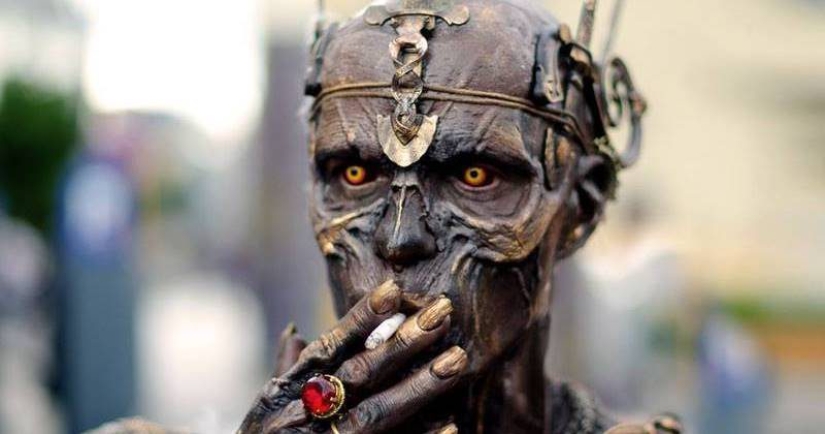
The most well-known stories of Russian fairy tales appeared hundreds of years before was baptized Rus. Later they were adapted, diluted Russians good fellows, the kings and nobles, but many of the characters and places remain unchanged. Certain facts, known only to specialists, are able to get to review some of the stories and see in them a new meaning.
Something about Baba-Yaga
Such a fabulous character as Baba Yaga know even the smallest children. In the tales of the Slavic peoples was the old lady can be negative as a hero, and helpful assistant. The image of this not too pretty women is rooted in the ancient epoch of matriarchy, when the role of the most powerful heroes and the guardians of the elements, most often, were the ladies.
Baba Yaga Slavs
The ancient Slavs this woman, tough but fair, was the defender of the forest birds and animals, but also perform another important and scary function. Baba Yaga was guarding the entrance to the underworld and was the conductor of souls to the light. Everyone knows that she lived on the edge of the forest, that is, on its edge, and the forest among the Slavs used to be associated with death.
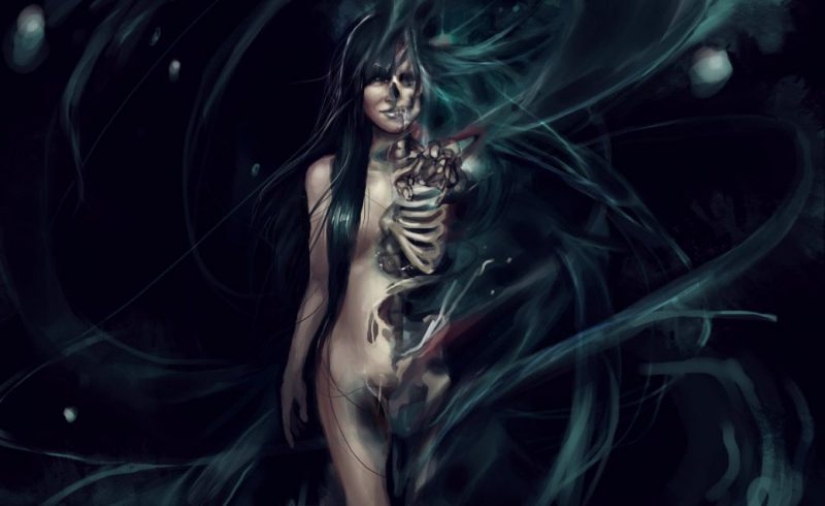
Hel — the Queen of the underworld Scandinavians
One leg of Baba Yaga — bone. This makes it clear that she only half belongs to the world of the living. Exactly half of flesh and half of the bones represented the ancient Scandinavian goddess of the underworld Hel. Also the old woman helps the heroes of fairy tales to get into the Kingdom, implying the afterlife. Before posting good fellow in a way, the grandmother drowns him a bath, then feed and water them. This kind of ritual, without which living can't cross the border of the underworld.
How to "work" the hut on chicken legs?
If the Baba Yaga is the Keeper of the transition into the world of the dead, the hut is a kind of customs point at the border. In that moment, when this building, at the request of the hero, turns to him before, and back to the woods, opens the way to the underworld.
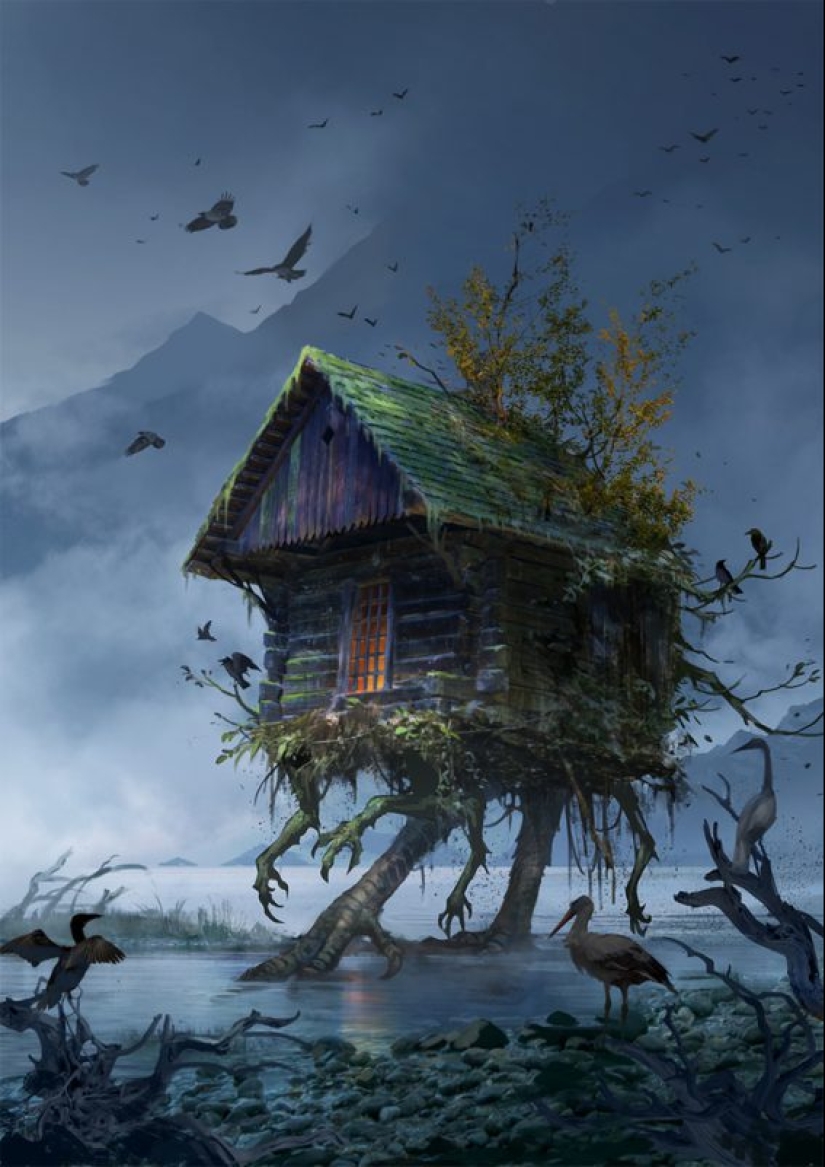
Hut on chicken legs
The hut of Baba-Yaga close and is on the "chicken legs". It is also not casual — in pagan times, many Slavic tribes buried their dead not in the ground, and small log houses — "domovina". In the tales of the cramped hut, with a special focus: "Is Baba Yaga bony leg, from corner to corner, nose to the ceiling rooted".
Some look so "domovina"
The hut was set on wooden supports or a high kick, reminiscent of the roots for chicken feet. Feet the coffin was needed in order to raise it above ground level, to protect the burial from floods and wild animals. By the way, the entrance to the burial house was always located from the realm of the dead, that is the door of the hut was turned to the forest. Hence, the usual request of Baba-Yaga the hut — to turn to him before.
Reka Smorodina Slavs was the border between the living world and the dead world, the analogue of the ancient river Styx. Do not think that the name of the river comes from the currant — meaning of "smart" that is the stench of the putrid spirit. The river tale is a serious obstacle on the way of the hero is to go it very difficult.
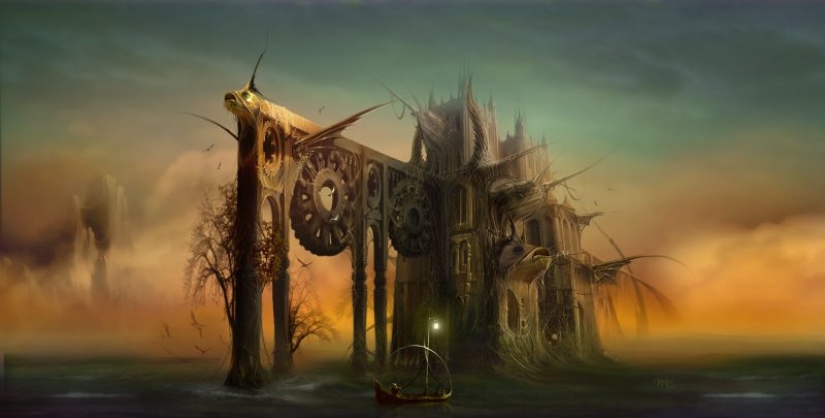
Kalinov bridge over the river Currants could look like this
To cross the barrier can only Kalinova the bridge, which again has nothing to do with the berries. Kalinov — the word "hot", because it was believed that the river between the worlds was instead of water, filled with raging flames. Kalinov bridge — red-hot and go on it meant to die.
...but we his from childhood to present so
On our side of the river Currant the order followed the knights, and the other side, which was located in the world of death, guarded three-headed dragon. About this unusual character, found not only in Russian fairytales but also in the folklore of other European Slavs, we should tell you more.
The dragon is the most controversial character
In Russian folk tales the dragon — definitely a negative character. But it was not always so. In early legends, which are familiar mainly to specialists in the field of Slavic literature, featured a hero as Gorynya.
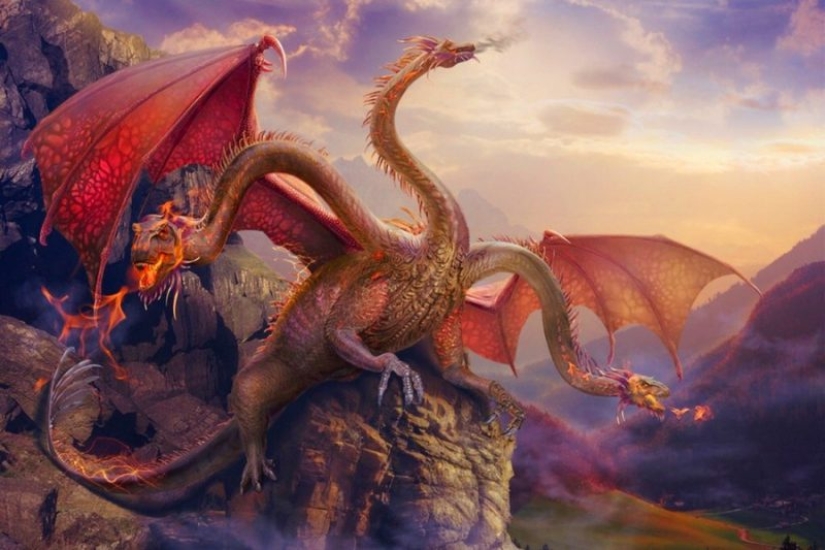
Dragon
Before he formed the classical Trinity of Ilya Muromets, Dobrynya Nikitich and Alyosha Popovich, Gorynya in different epics has taken the place of one of the characters. As in earlier versions of the heroes were chthonic entities, each of them was in charge of a certain element. Gorynya, of course, was responsible for the burning fire. It is burning, but not with mountains bound and the dragon.
Hero Gorynya
It is easy to see that in many tales the dragon has Eastern traits of the main enemies of the Slavs. Also the origin indicates the place of residence Sorochinskiy ("Saracen") mountains. The Saracens in those days was called the Gentiles-the heathen, living in the East and in the South, and Muslims.
Koschei the Immortal is not alive and not dead
Kashchei or Kashchey is one of the most mysterious and interesting characters of fairy tales. No one can accurately interpret his name. Perhaps it comes from the word "bone" (castlevale is an important sign of this character) or the word "Chosun" (the so-called Rus wizards).
This represented the bones, the artist Viktor Vasnetsov
Blasphemy, by the way, is directly connected with the word "comun". Curse — meant to conjure, to perform the rite. With the advent of Orthodoxy is the word, which was once a neutral has acquired a negative meaning that still remains today. Also looking for origins of the name in Turkic languages. In tune with the word "Koshchi", for example, means slave, and the wizard often appears as a captive of a powerful sorceress, clad in the magic chain or related kind of magic.
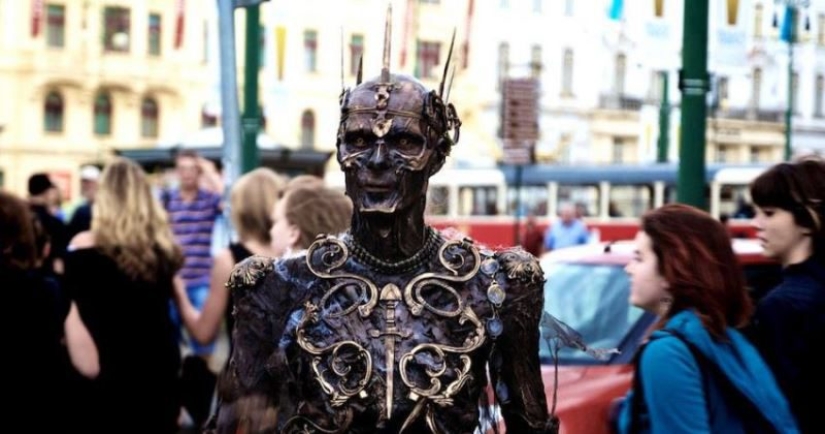
So could be a bag of bones today
In many cultures the egg is a symbol of the origin of life. Often it is gold (the Sun symbol) and floats on the waves of the ocean, holding the main deity, the progenitor of all things. The beginning of life is due to the fact that the egg is broken, freeing the divine essence. In the case of the bones broken egg symbolizes the origin of life, and thus the victory over death.
Dragon and Koshcheev Immortal often replace each other. Both have a habit of attacking villages to capture and kill people and kidnap girls. In addition, two negative characters are clearly of Turkic origin.
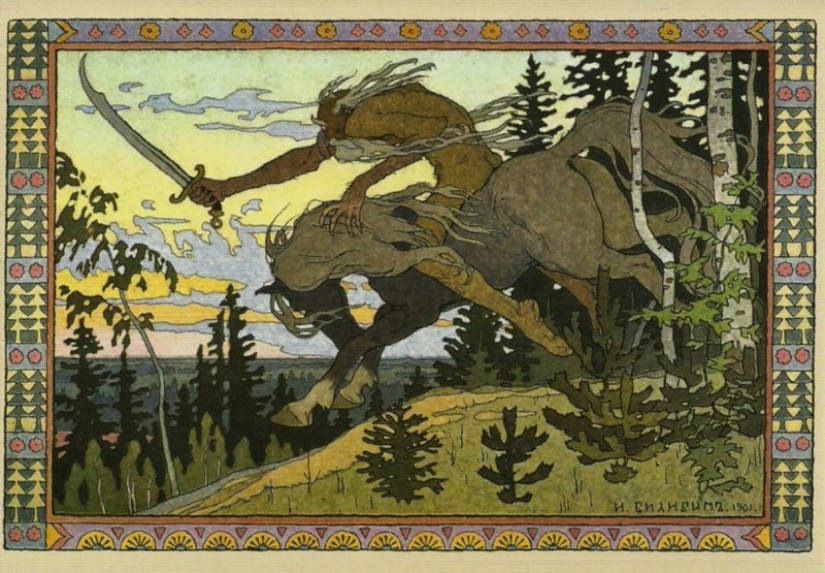
Bag of bones the illustrations of Ivan Bilibin
The word "bones" can be found in "the Word about Igor's regiment" three times. The first time describes the stay of the Prince in the Polovtsian captivity, where Igor is transported "in the saddle koshcheeva," that is, riding in a specially equipped for slaves the saddle. The second time the "bones" called the captive of the nomad, and the third is "filthy SCRAG" call of the Polovtsian Khan Konchak.
Keywords: Myths | Rus | Tales | Scandinavia
Post News ArticleRecent articles

Most of us think that the color of the eggshell does not play any role and it is possible not to pay attention. But it's not and ...

The more we rely on technology, the more potential power hackers gain over us. It doesn't matter if their goal is to help or cause ...
Related articles

Now we can keep our savings in a bank or, if we don't trust financial institutions, put them in a safe and keep them at home. And ...

Colin and Kristin Poole are an amazing creative family. Colin is a world-renowned artist, and his wife Kristin is a wonderful ...

Our ancestors often cited as an example of how innocent and chaste people who have no sense of depravity and sin. But in fact, they ...

Creating a good portrait is one of the most difficult tasks for any photographer. In order to make a really natural and memorable ...